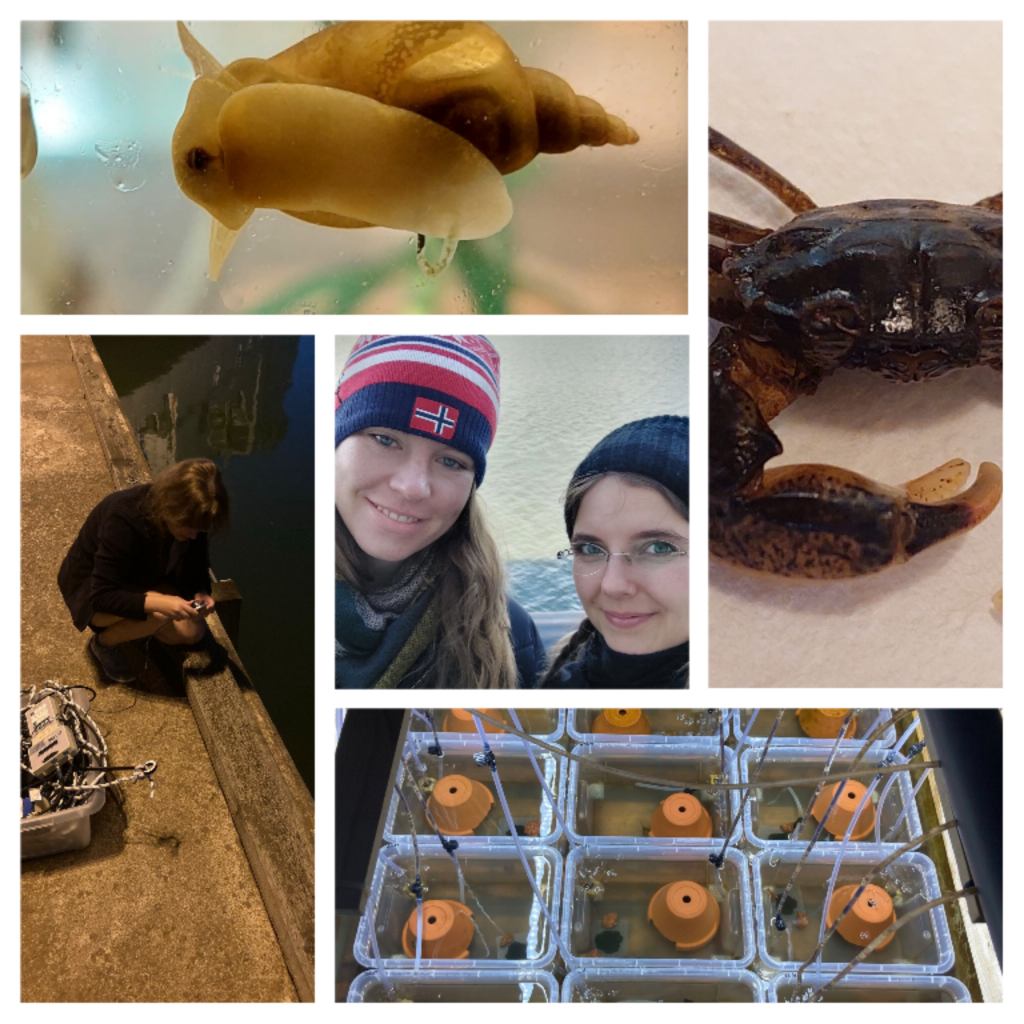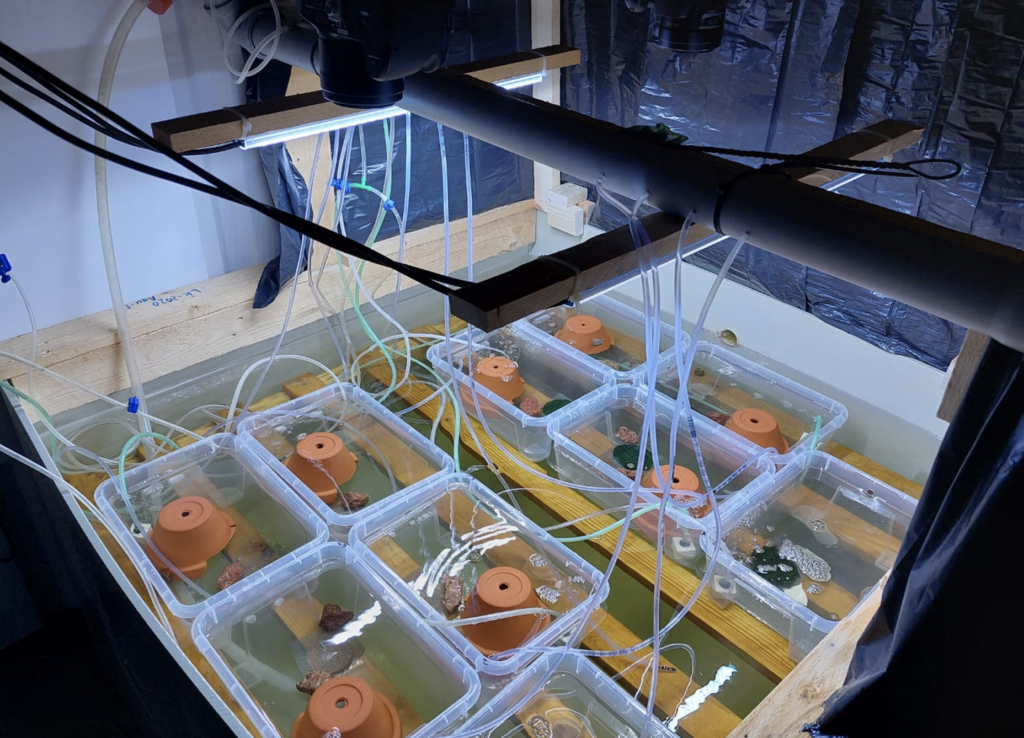This GAME project on light pollution, tests its effects on diurnal activity patterns of marine invertebrate grazers and predators, simultaneously and worldwide.
This years GAME Tam is: Helen Lichtenstein (GEOMAR and Kiel University, Germany) and Sarah-Vanessa van Dahl (University of Rostock, Germany).
Life adapted to many drastic changes in the abiotic environment. These include fluctuations in oxygen and CO2 or the alternation of cold and warm periods. One thing that has not changed since the formation of the earth is the availability of sunlight. Daylength and light intensity vary naturally. Yet, since humans began to use electric light, many habitats, both on land and in coastal waters, have experienced major changes in the availability of light. Artificial Lighting at Night (ALAN) has therefore already been recognized as a global environmental threat affecting biological systems from cells to ecosystems. While plants use light primarily as a resource, animals use it as a source of information. Light controls daily and seasonal activity patterns and the migration behaviour of many species. Changes in its availability and spectral composition may not only influence the behaviour of individual species, but can also alter predator-prey relationships or influence the settlement behaviour of larvae. Such effects can cascade to higher organizational levels and, for example, change the composition of communities, what, in turn, can affect the structure and functioning of ecosystems. Thus, light pollution can ultimately have an impact on humans, who use coastal ecosystems intensively.


